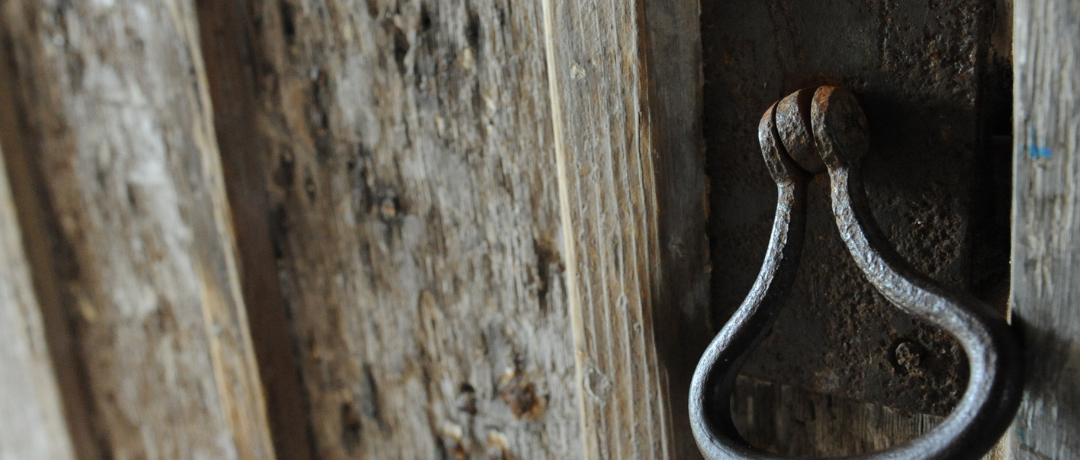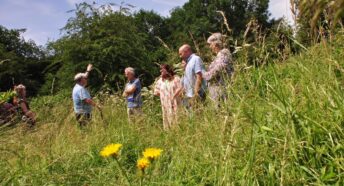The Living Countryside Awards in 25 photos
The first CPRE Bedfordshire Living Countryside Awards were held in 2008. In 2023 we marked 15 years of the awards with a photo series which ran for 25 days on Instagram.
We chose 25 images to showcase the many different kinds of entrants – from local food to building restoration and wildlife conservation, from schools to sustainable businesses and community groups – they cover the length and breadth of the county.
The images
All the photographs were taken by Barry Halton, who has worked on the Living Countryside Awards with us since they were launched in 2008. For this series we’ve chosen some of his most striking and unusual images, alongside more traditional pictures. We hope you enjoy them. We’ve also dug back through the archives to find out what our judging team said about each project at the time to give you a flavour of why they received a top award.
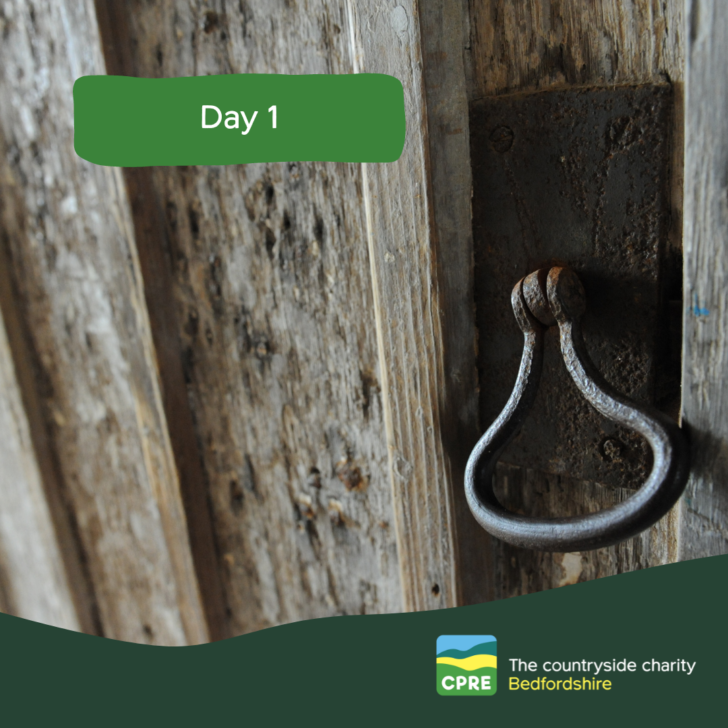
“The Churches Conservation Trust assumed care of the tiny village church in 2009 when its congregation became too small to sustain its regular use for services. Since then the Grade1 listed building has been meticulously restored using traditional materials and skills in a two-year programme. It has a charming and simple interior with a timeless, rustic feel and is now well protected and prepared for its next few hundred years.”
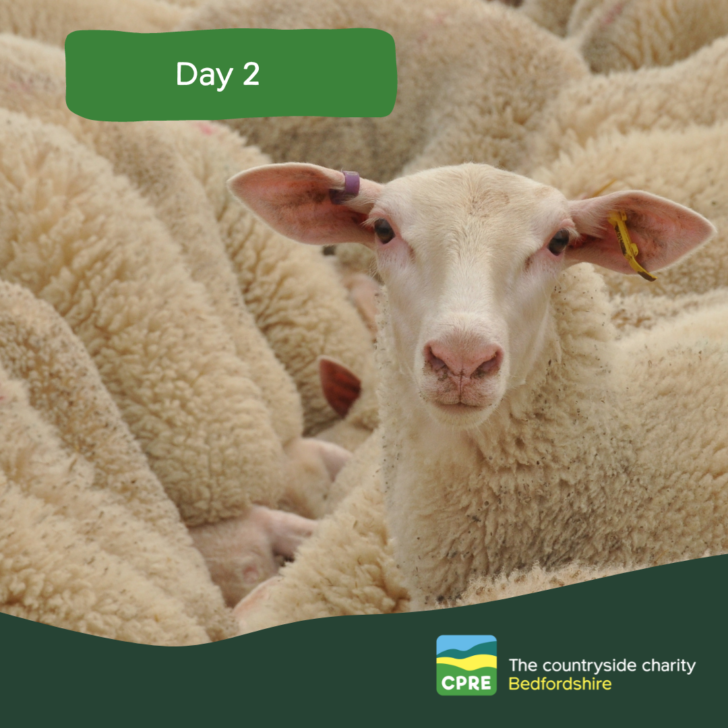
“Looking to diversify, Bevistan Dairy began producing sheep’s milk, cheese (smoked and unsmoked) and yoghurt in 2015. All the products are produced on their farm in Carlton. Using sheep’s milk is still a relatively new idea so they are tapping into a new market, using the fact that it is lactose free as a strong selling point. Bevistan Dairy has been inventive and practical in their development of the products and processes. They have developed a strong brand image which makes the link to the farm very clear. Their products are sold in local shops, farmers’ markets, restaurants and direct to the public.”
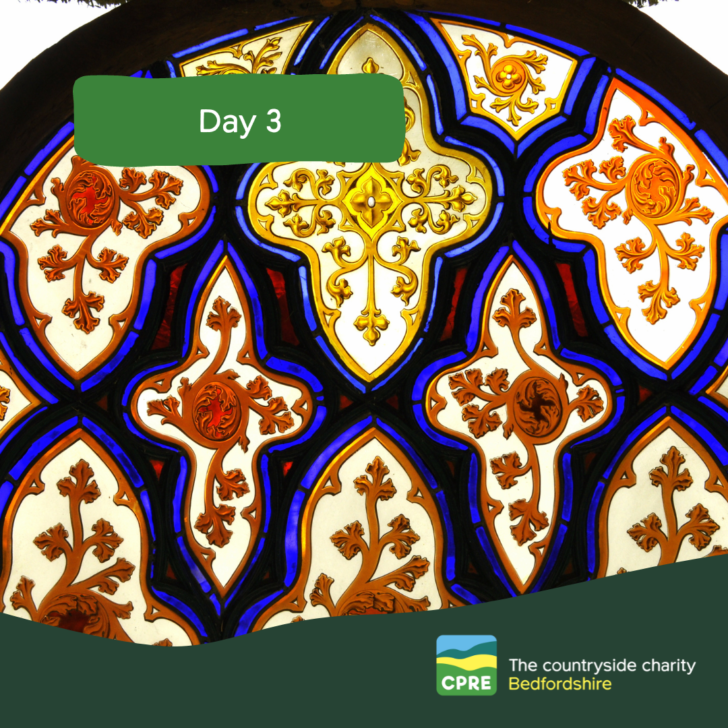
“The work completed at The Swiss Gardens over two years is simply breathtaking and awe inspiring. Highlights include the idiosyncratic thatched Swiss cottage, a grotto and fernery topped by an impressive glazed dome, an intimate chapel, an oriental kiosk and a series of ornate cast iron bridges over beautiful waterways. The winding paths through manicured lawns and flower beds contrast with woodland sections studded with artworks. There is much surprise, intrigue and investigation to be done when exploring this site and the wonders never seem to end. The judges were greatly impressed by the historical research into the buildings and gardens which was carried out in preparation for this huge renewal project. The subsequent attention to the detail, design and quality of workmanship is at the pinnacle of restoration work in the UK and is now a great asset to Bedfordshire.”

“This five-acre field was first planted with vines in medieval times by the Cistercian monks of Warden Abbey. Centuries later, from the mid 1980s to 2008, it was again producing award-winning wines for the Whitbread family and now it is having a new lease of life as a project run by the Bedfordshire Rural Communities Charity. The vineyard is managed as a not-for-profit educational and community resource by a Friends group who tend the vines by hand and run tours and events. They also provide opportunities for volunteers looking for work experience and link with local historic gardens to offer experience of vine pruning to their apprentice gardeners.”
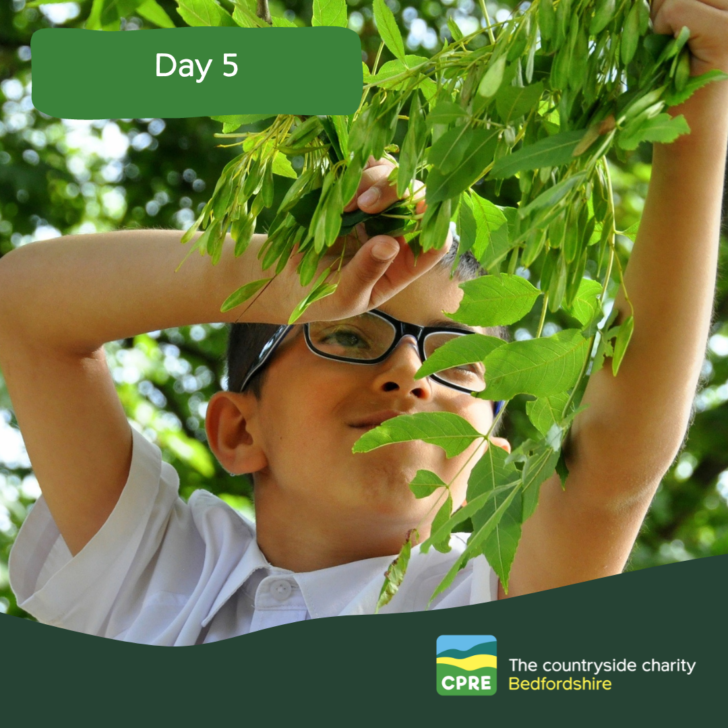
“The Vale Academy believes that outside learning enables children to take measured risks and grow in confidence and self-esteem. The Vale Academy has embedded outdoor learning across the whole curriculum – from science to literacy and much more. Different learning zones have been created within the grounds. The first was the bug hotel, set within the mini-beast zone. The hotel was made with 100% recycled materials found around the academy. There is a forest school area where practical and creative skills can be developed, an area for growing fruit and vegetables, a school gardening club. The school has run family tree planting sessions on site to involve the wider community. PHSE and wellbeing are well integrated to help children flourish and grow in confidence.”
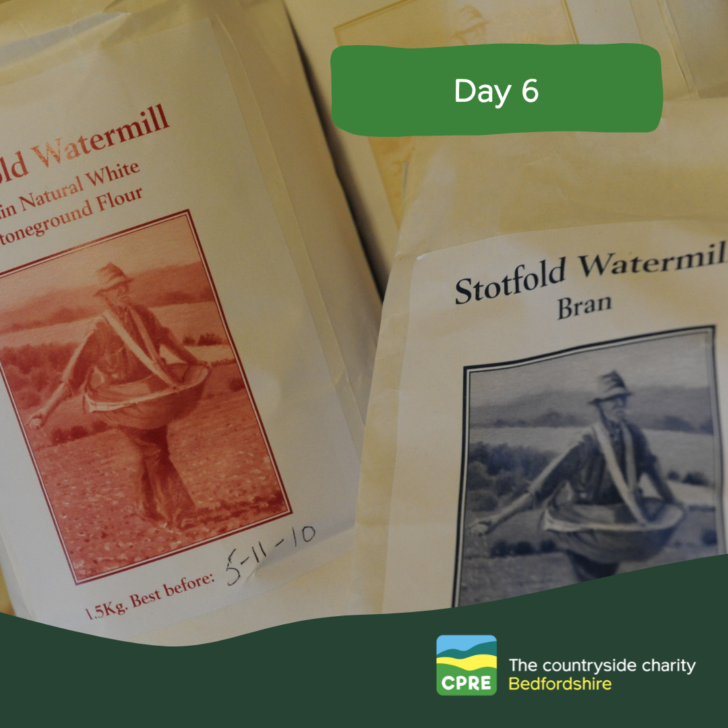
“The painstaking restoration of a 19th century water mill which was completed gutted by fire in 1992. The project was completed in 2009 by a committed group of volunteers who carried out the fundraising and construction, supported by a millwright and a builder with specialist knowledge of the structure. The mill is now fully operational and offers a fascinating experience for visitors and a unique educational resource.”
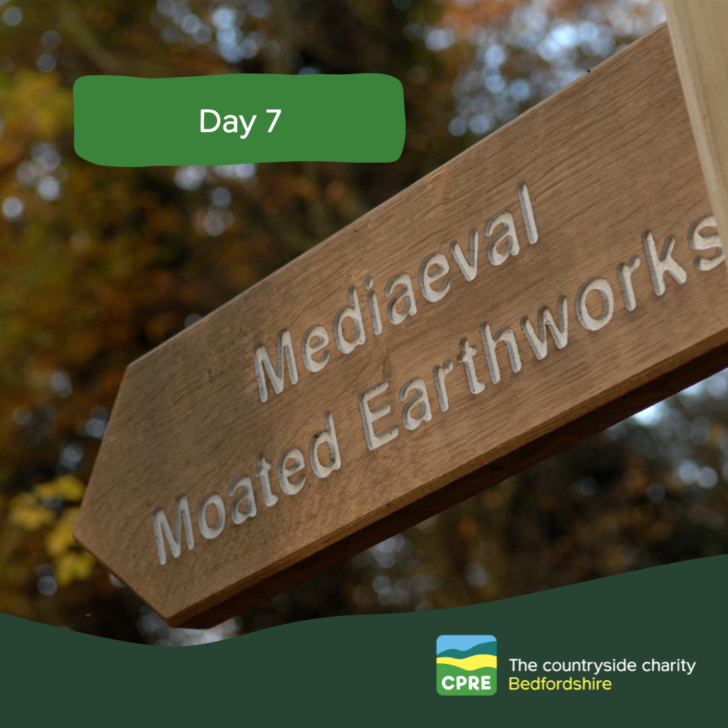
“A piece of formerly neglected land next to a recently developed housing estate now managed by local volunteers for the benefit of the village. New pathways lead to an ancient earthwork and ponds as well as mature woodland and open grass areas.”
“This wildlife and heritage site provides a haven of peace and quiet in a busy village. There are a variety of habitats including woodland, grassland and a wetter meadow. The site is managed by a group of active volunteers who clear undergrowth, manage trees, repair bird boxes and undertake regular plant and wildlife surveys. A stag beetle colony has recently been discovered and a boardwalk with information boards added. Also included in the site is a Scheduled Monument comprising a circular moat and island.”
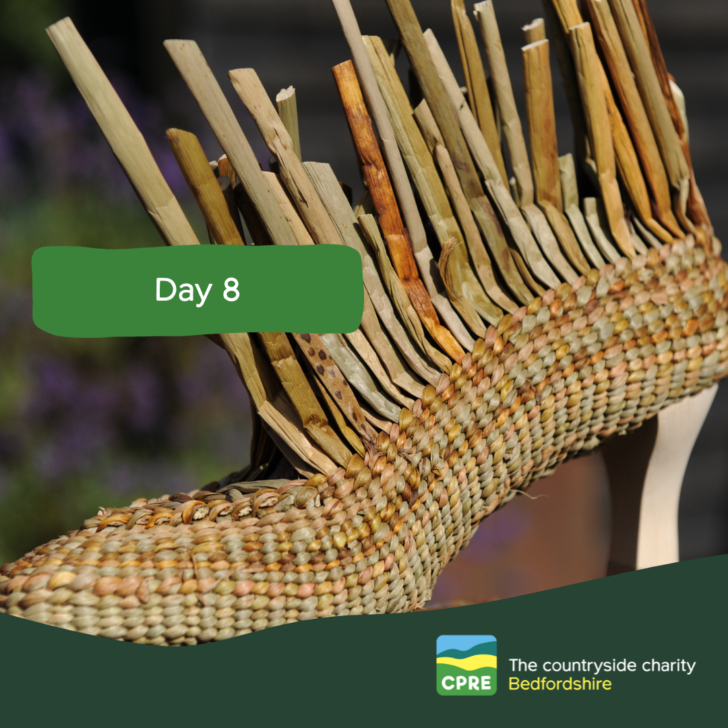
“Felicity Irons and her staff have built a highly successful business producing a range of rush matting, tableware and basketry for customers worldwide, while at the same time keeping alive an ancient Bedfordshire craft. Rushes are harvested by hand from local rivers using punts and scythes and dried in an ancient barn. The high-quality products woven by a small team of local craftspeople have found their way to customers as far away as Japan and the USA.”
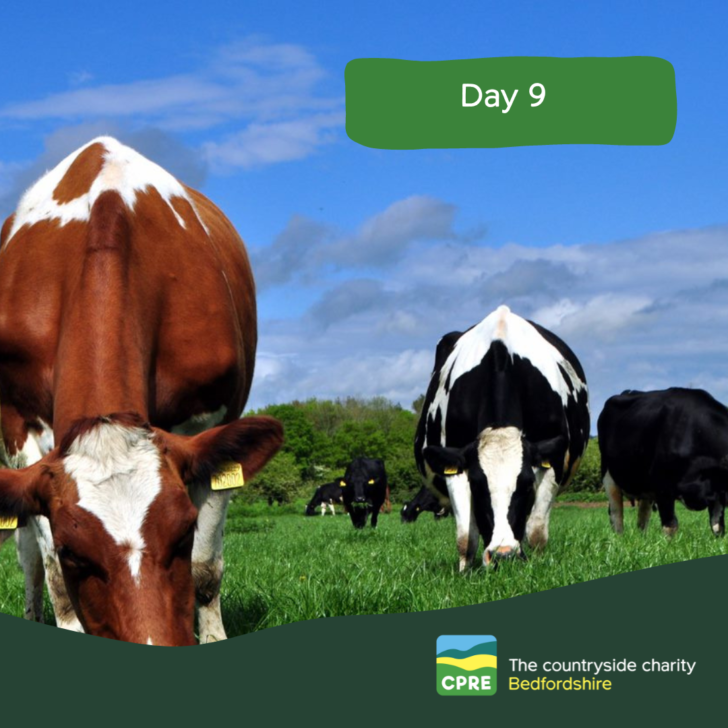
“This family farm sits along the banks of the River Great Ouse as it meanders through the beautiful Bedfordshire countryside. They use the fresh milk from their free range, pasture fed herd of cows to make artisan ice-creams. The herd of cross-bred Jerseys and Friesians produces high quality milk which is just perfect for making ice-cream. Customers not only love the taste of the ice cream, but love the fact they can see the cows, and that the ice cream has been made on-site, becoming far more aware of food provenance, food miles and standards.

“Numerous examples of Roger’s work, bearing his acorn motif, can be found throughout Bedfordshire and further afield. His contribution to preserving the authentic appearance of the county’s villages over more than 30 years has been very significant. Roger was the first Thatcher to receive a Heritage Skills NVQ, level 3 award, enabling him to work on English Heritage’s buildings; he now teaches this most visible and ancient craft to the next generation.”
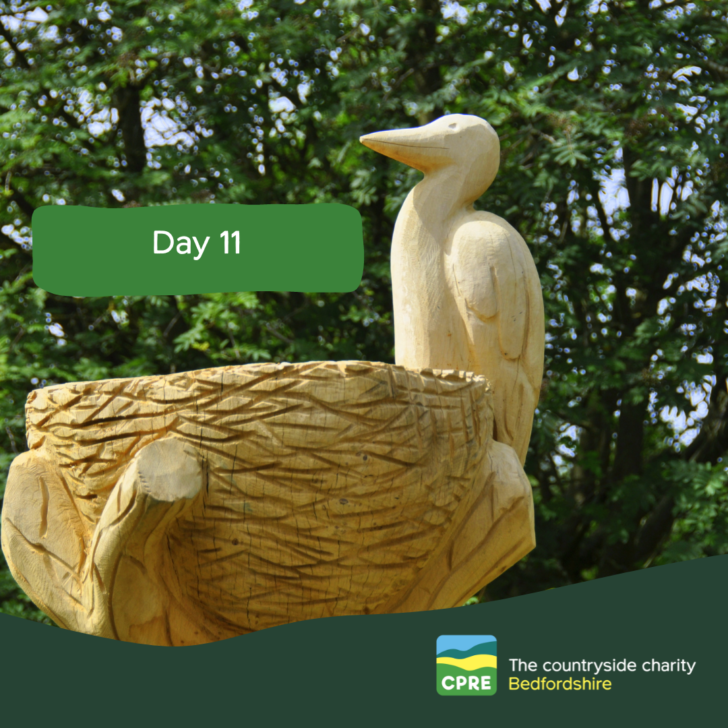
“Some 400 acres of woods, heath and meadow were purchased by the Greensand Trust and Central Bedfordshire Council in 2009 to create this beautiful new country park. Its visitor centre has a spectacular view over a pine forest and a lake with a heronry which can be viewed though a CCTV system. Its extensive footpath network through woodland also holds surprises such as sculptures and adventure playgrounds.”
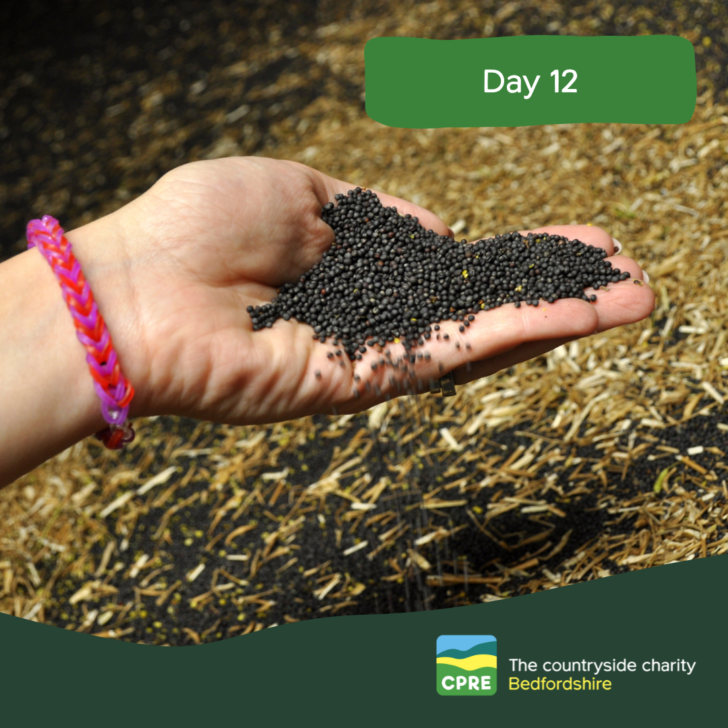
“Two sisters have created an enterprising business, producing high quality cold-pressed rape seed oil at Barton Hill Farm, farming in a way that enhances biodiversity on the land. The idea came from the realisation that many visitors to the countryside have little knowledge of how healthy, good quality foodstuffs are produced. The oil bottles show a map reference to indicate exactly in which field the seed was grown and bears a Made in Bedfordshire label. The company is set to become a leading sustainable food producer, with the oil already being used in top restaurants and selling at farm shops across England. The enterprise has also diversified into flour, which is ground locally at Stotfold Mill.”
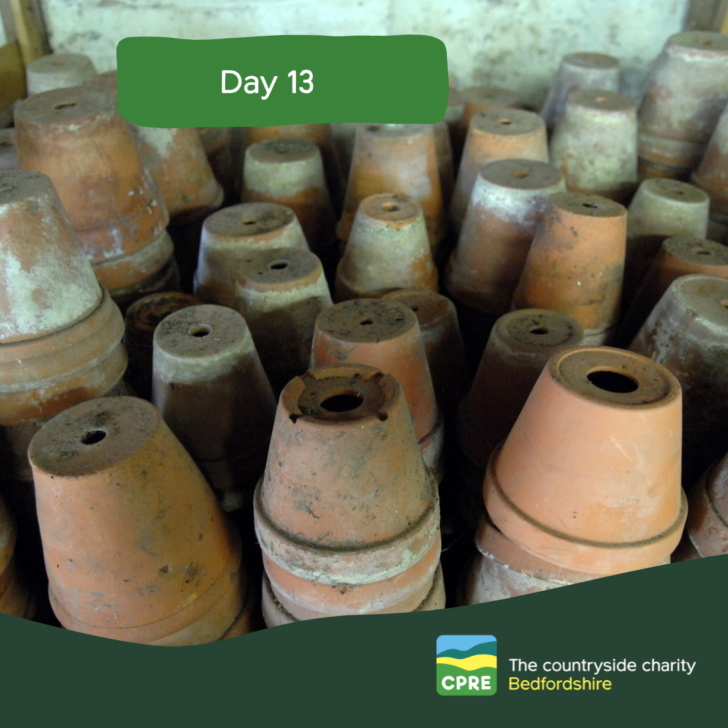
“A 4.8-acre 18th century walled garden, neglected for many years, is being returned to productivity by a group of 130 enthusiastic volunteers. It features extensive flower and vegetable beds, with mature fruit trees. A series of magnificent glass houses await restoration which has been carried out elsewhere in the garden with meticulous research and skilled craftsmanship. The project has great commercial potential and offers many opportunities for community involvement.”

“An ambitious project has developed a new public access open space on the edge of the town, close to large new housing developments taking place. Eight thousand trees of mixed native species have been planted over 4.5 hectares – half of them by local volunteers – and a further 100 fruit trees of local heritage are already bearing fruit. The project has a strong educational theme as well as creating a welcome new public amenity.”
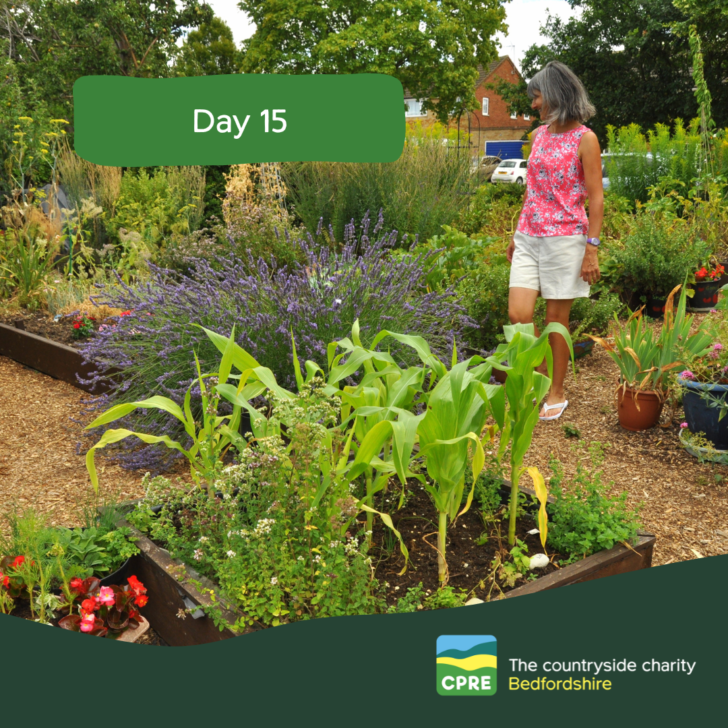
“With the help of Central Bedfordshire and Dunstable Town Council and local businesses, a team of 8 volunteers have turned a disused area on the junction of Katherine Drive and Duncombe Drive Dunstable into a thriving community garden. Growing a variety of vegetables, fruit and herbs, the garden also provides a seating area with a water feature. Rain water is harvested from a flat roof over a shop and with 8 wicker raised beds. There are monthly work sessions where the local community is invited to come and help maintain the garden, harvest the food and enjoy the camaraderie that this social gathering creates.”
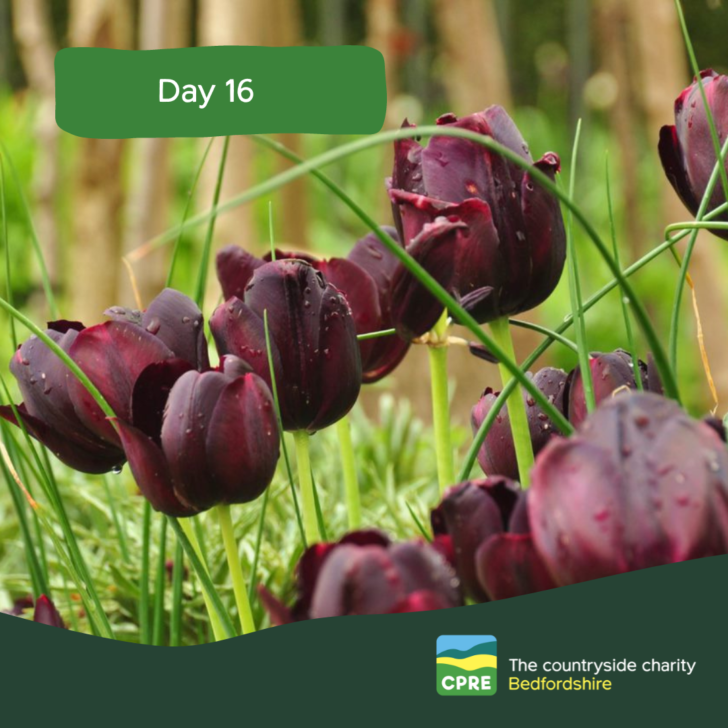
“The volunteer group brings together a host of varied members of the community. The produce and flowers that are sold provide healthy and sustainable options for the community, and all the profits from sales are ploughed back into the project. This is a holistic way to engage with nature and help with the issues of mental health, food poverty and healthy choices at the same time. The work that the volunteers produce is also a draw for the public, who often visit the park just to see the latest display.
The garden is managed using sustainable methods and uses recycled items where possible.
Judges highlight: The commitment and creativity of the volunteers and staff that worked as a team to create this wonderful community garden.”

“This elegant rural mill site with its historical buildings has been beautifully enhanced by an additional visitors’ centre and interpretation building, along with elegantly designed gardens. The mill produced flour and cereals for the Jordans brand for over 100 years and in 2012 the family started their project to turn it into an educational attraction which retains the character of the original site whilst also providing modern facilities for the local community and visiting tourists. Three striking new timber buildings, constructed to the highest environmental standards, show great character and warmth sitting harmoniously alongside the original watermill on the River Ivel. A Heritage Centre houses a cafe and shop, the Mill Barn contains educational and historical material and the eco-houses serve as office accommodation. This is truly a significant proposal in this rural setting, worthy of our highest award.”
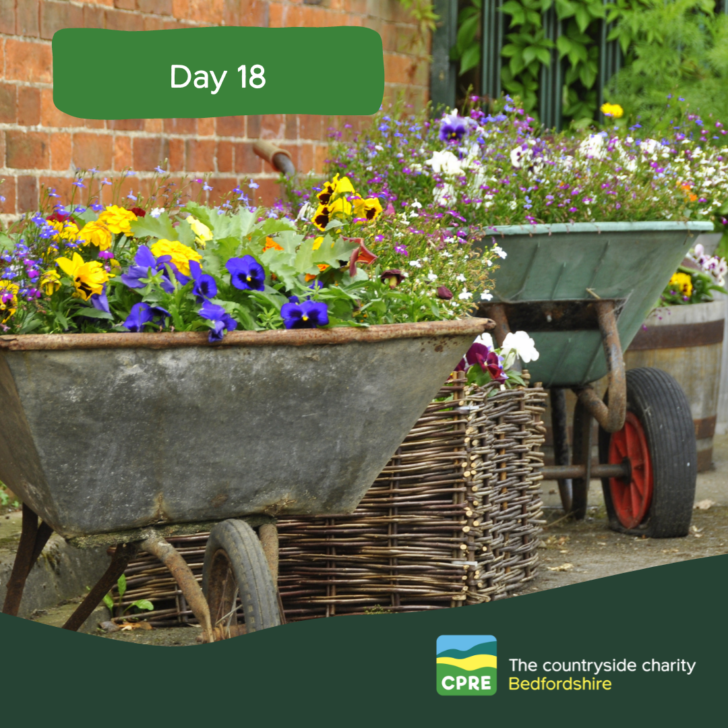
“Two community gardens created from disused garages have transformed a concrete wasteland into a valued asset for the local community. Volunteers produce flowers and vegetables for fresh sale or freezer storage, and goods can be packaged in small quantities for elderly customers. The site includes a café that provides a lively social venue for volunteers and local residents, and the raised beds for cultivation enable wheelchair users to take a full part too.”
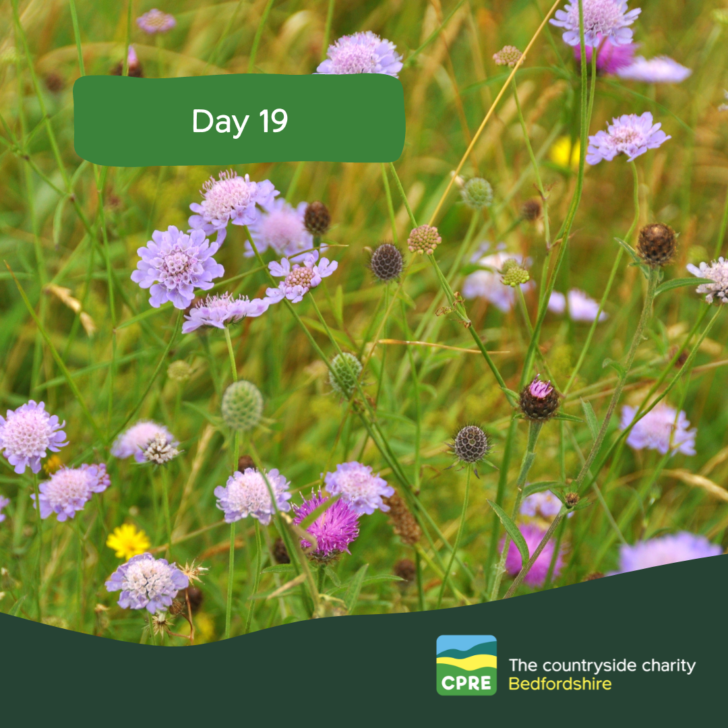
“This stunning chalk downland site is home to several rare calcareous plant species, butterflies such as the Small Blue and Chalk Hill Blue and is a breeding area for the Skylark and Corn Bunting. It is located on the urban fringe of Luton and is popular with local residents and dog walkers. To maintain its open appearance, it needs continuous scrub control and also livestock grazing. An impressive project to carefully introduce Red Poll cattle for this purpose has taken several years to achieve and as well as installing fencing and water supplies, it has needed to engage local residents about what it is trying to achieve. The animals have been brought in to graze in selected areas each year since 2014 and already the benefits to the local wildlife are visible on the hillside.”
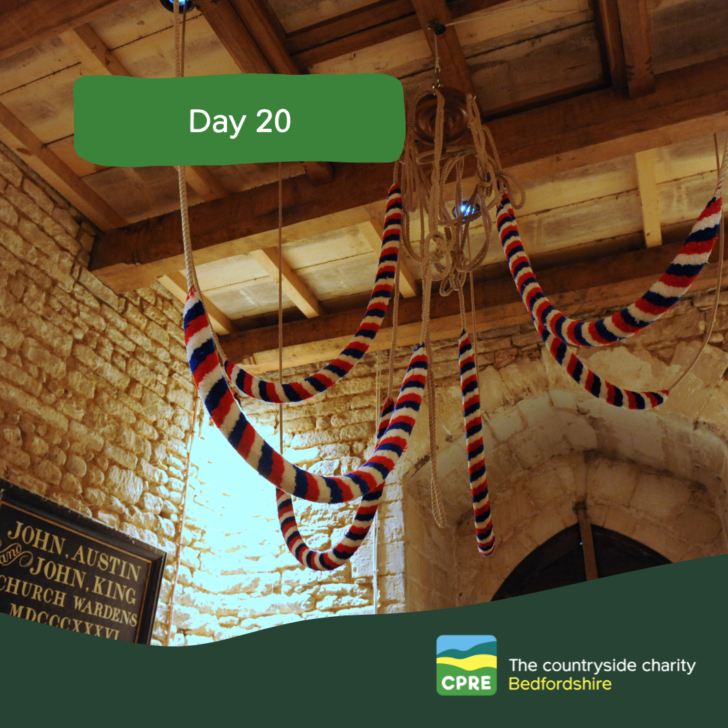
“A major restoration project undertaken by the people of the village, employing local craftsmen and making ingenious use of recycled materials to reduce cost and preserve originality. The woodwork in the church, which had suffered from extensive rot and death watch beetle attack, was skillfully remodeled by a local cabinet maker and the church interior, with its unique features, is now secured for future generations.”

“Groundwork East run a number of projects across Luton and Bedfordshire. Entered this year were schemes aimed at helping people develop landscaping and gardening skills; an inter schools growing competition and a Junior River Warden scheme monitoring pollution in the River Lea. Also entered was Community Connections, a community health hub in Luton run in conjunction with the Red Cross to support refugees. Residents can learn about the benefits of growing and eating their own fruit and vegetables.”
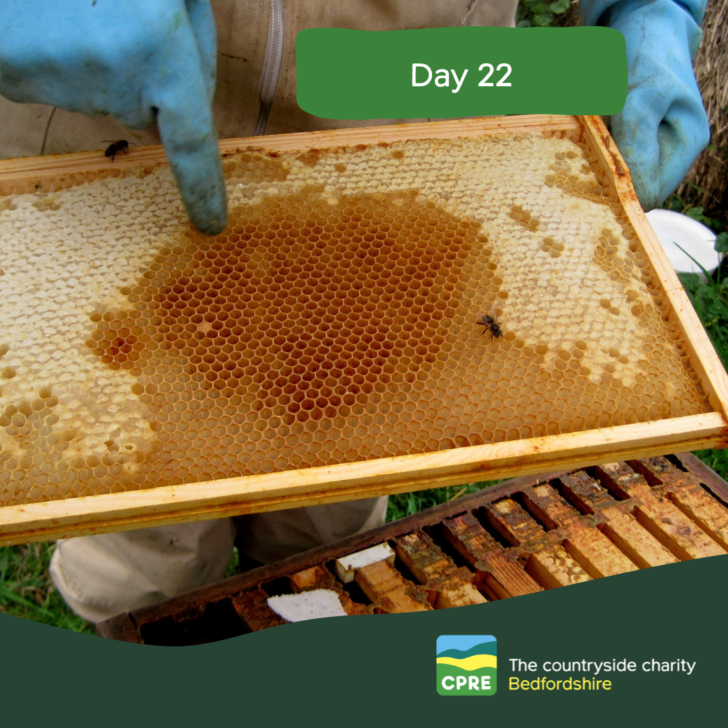
“This long-established organisation has some 300 members caring for bees which are so crucial to the preservation of rural landscapes and farming activities. It has a strong educational ethic, with training and membership open to all, and successfully combines tradition, commerce and sustainability.”

“Clophill Heritage Trust has found imaginative ways of restoring an important heritage building, with plans to make use of it for educational and leisure purposes and eliminating the antisocial activity that had blighted the site for many years. A new stairway installed inside the church leads to an observation platform giving all round views of beautiful countryside. This is a landmark achievement for the village, which identified the need for the site’s restoration in its Parish Plan.”
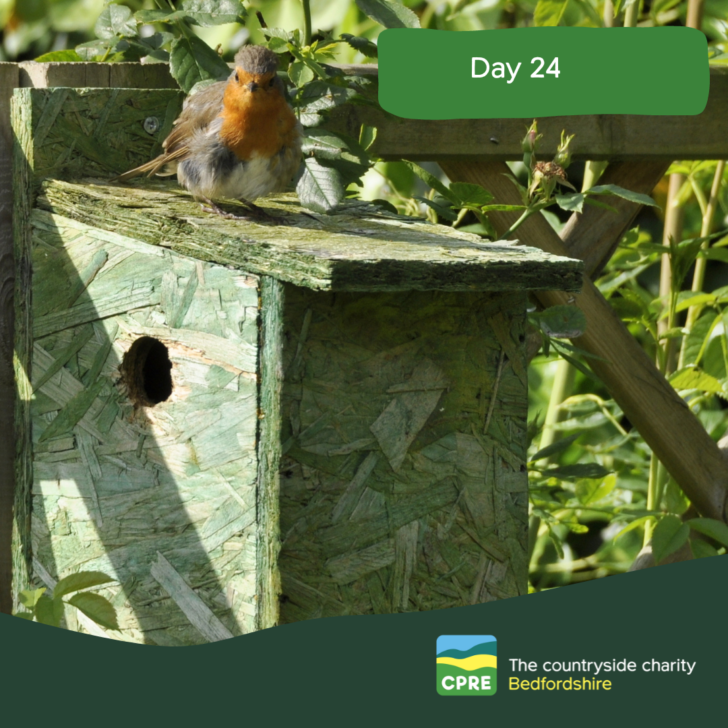
“These school grounds have been thoughtfully enhanced to create diverse habitats for wildlife, and a well-used learning resource for the children. The grass boundaries of the school grounds have been left uncut and existing trees supplemented by new planting to create a sizeable wildlife area for learning and recreation. An active eco-committee of pupils plant saplings, maintain features such as the bug hotels and bird feeders and offers ideas for more initiatives. More ambitious features include the mature pond, polytunnel structure and an outdoor classroom. These are all actively used for learning across the school, bringing the classroom outside. There is a strong ethos to encourage all pupils to enjoy and engage in the outdoor environment through their learning and play, setting them off on the path to continuing interest and understanding of the natural world.”

“Skilled management of the flooded gravel pits alongside the River Great Ouse over recent years has provided the county with a popular resource for leisure and recreational activities, whilst preserving the ecological value of the park’s habitats. Up to 200,000 visitors each year now enjoy a widening range of facilities while its lakes, woodland and river bank quietly host many rare species in peaceful surroundings.”
